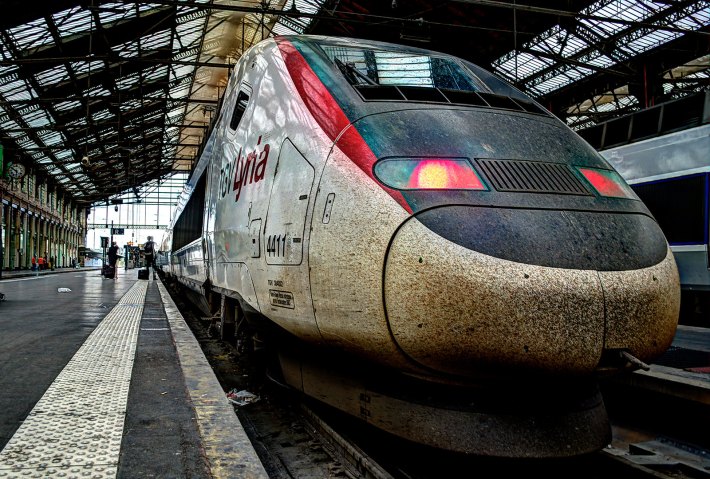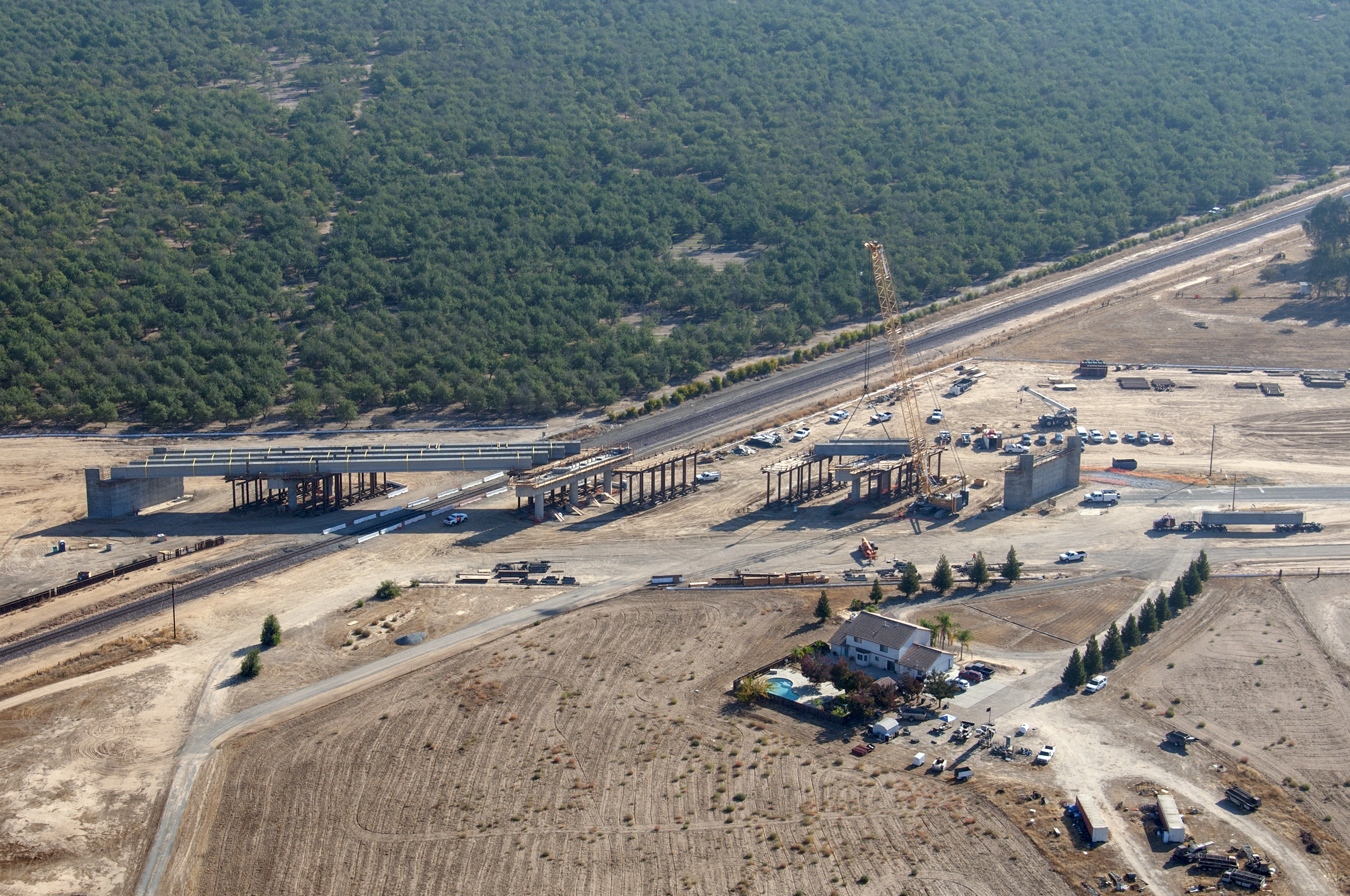Note: GJEL Accident Attorneys regularly sponsors coverage on Streetsblog San Francisco and Streetsblog California. Unless noted in the story, GJEL Accident Attorneys is not consulted for the content or editorial direction of the sponsored content.
Sometimes it's hard to keep up with the L.A. Times and its biased CA High-Speed Rail reporting. But we didn't want to let this one slide--last month the paper's reporter on the beat, Ralph Vartabedian, penned a piece claiming that the HSR Authority is taking farmers' land without paying them.
We're certainly sympathetic to farmers losing land that's been in their family for generations. We can believe that state bureaucracies have let people fall through the cracks. Sadly, that seems almost inevitable on such an enormous project. But, as usual, Vartabedian presents far-fetched claims where it's obvious that key information was omitted to make it seem as if CaHSRA staff are villains running around the Central Valley twirling mustaches and burning down almond groves.
So we did what the L.A. Times is supposed to do and got information to try and achieve some balance.
We called up Brad Johns, a tomato farmer near Hanford who, unlike everyone in Vartabedian's piece, is not a long-time opponent of California HSR efforts. The tracks will cut through his farmland too. And we asked him, hey, did the state pay you for the land it took?
"Yes!" he exclaimed, adding that he was paid in a matter of weeks and that the Authority was forthright and professional. "They paid for what they took." And he had a message for Vartabedian: "I don't know where you're getting your disinformation." (Part of it seems to be coming from farmer John Tos, who Vartabedian quotes extensively in his article and who has been a leader in opposing the project from the beginning).
We also spoke with Brian Annis, the Chief Financial Officer of the High-speed Rail Authority. "We do our best to work with landowners to initiate a land transfer by contract, outside the eminent domain process," he explained in a phone interview. "In the majority of cases, we’re able to avoid eminent domain and just go through negotiations to acquire the property."

He said if they were really paying late, the authority is subject to fines. But he said that hasn't happened in more than two years.
"For landowners where we’re not successful in negotiating a contract we go into eminent domain," Annis said, which means starting court procedures. "In those cases, we have to put in a deposit with the court of the estimated compensation due to that landowner, which would be market value of the land and could also include moving expenses and other economic expenses."
A spokesperson for the Authority added that of the 1,827 parcels they need "...in the Central Valley, we have acquired 956 without having to file a court action."
"The next tranche... more than one-third, or 223 parcels, were resolved short of a court determination," said Annis.
And the rest of the properties are still getting fought over, to some extent or another, in court.
CaHSRA can't comment on individual cases, but eminent domain works this way: an appraiser figures out the value of the land needed. That money goes into an escrow account while the case is decided in the courts. If the landowner takes the money, the battle over compensation can still continue, but ownership of the land goes to the Authority. As long as the landowner doesn't take the money, the land remains under their ownership until the court decides on proper compensation.
So how much is still in dispute? There was about "$15.7 million in condemnation deposits," said Annis. "About $10.8 million has been withdrawn." That means there's only about $5 million worth of land, collectively, in limbo.
So if Tos and the other farmers Vartabedian mentioned haven't been paid, it may simply be because they are unwilling to give up their land and haven't taken the money. Or they've taken the money and feel they're owed more. They may have legitimate grievances, or maybe they did fall through the cracks, but given their long-standing opposition to the project, Vartabedian's report, once again, seems dubious.
Here's how Johns sees it: "If you are building a water project, a sewer, a highway, you have to take people's land; some people stick their heads in the sand," he said, adding that shysters take advantage of people and convince them they can actually defeat the eminent domain procedures and hold onto their land somehow.
The L.A. Times story quotes Mark Wasser, an eminent domain attorney in Sacramento who "has represented more than 70 farmers and other businesses losing land to the rail project." He told the Times that the HSR project is bogged down in the Central Valley like "...Napoleon’s invasion of Russia.”

"I know one grower down here who bought into the BS and fought it [the land acquisitions]," added Johns. "It was a small parcel; the settlement was for a million when they finished the eminent domain process. But his attorney bill was $450,000."





